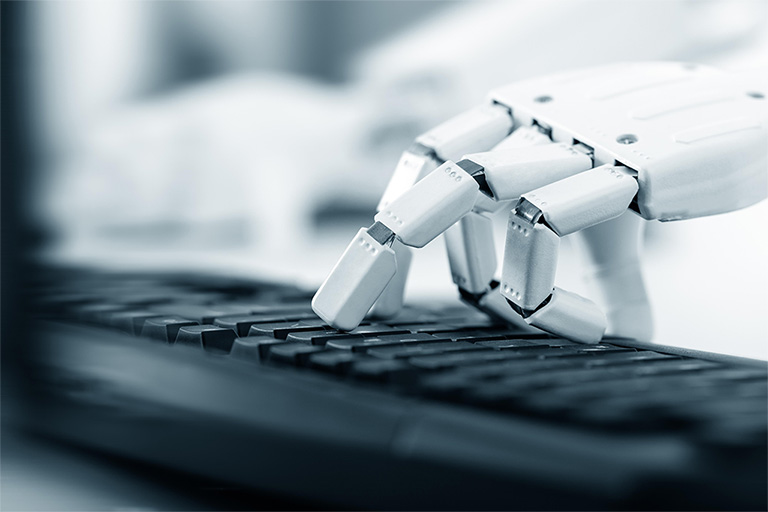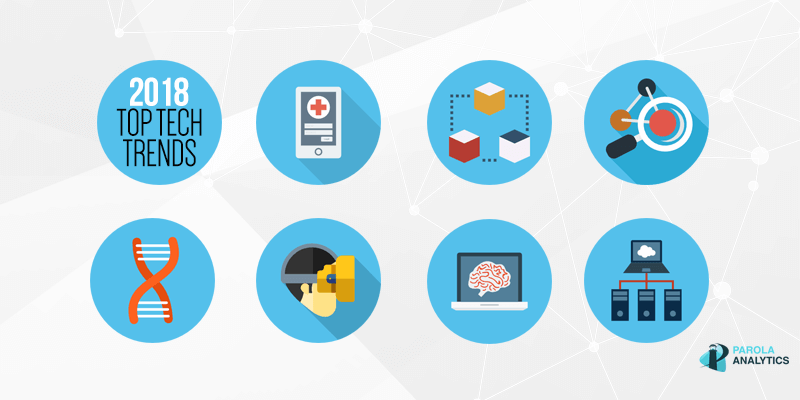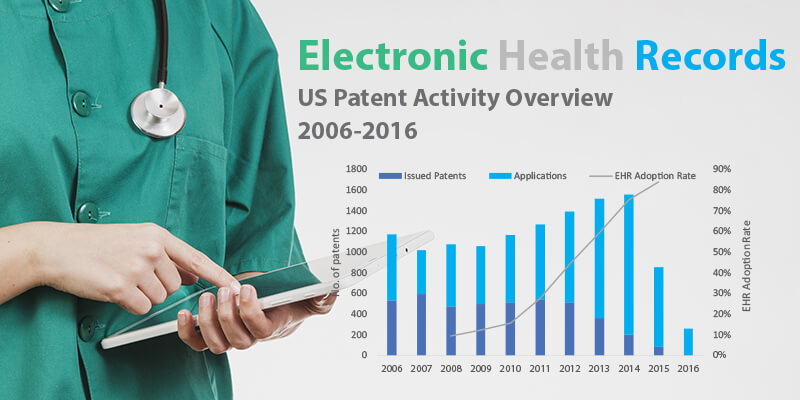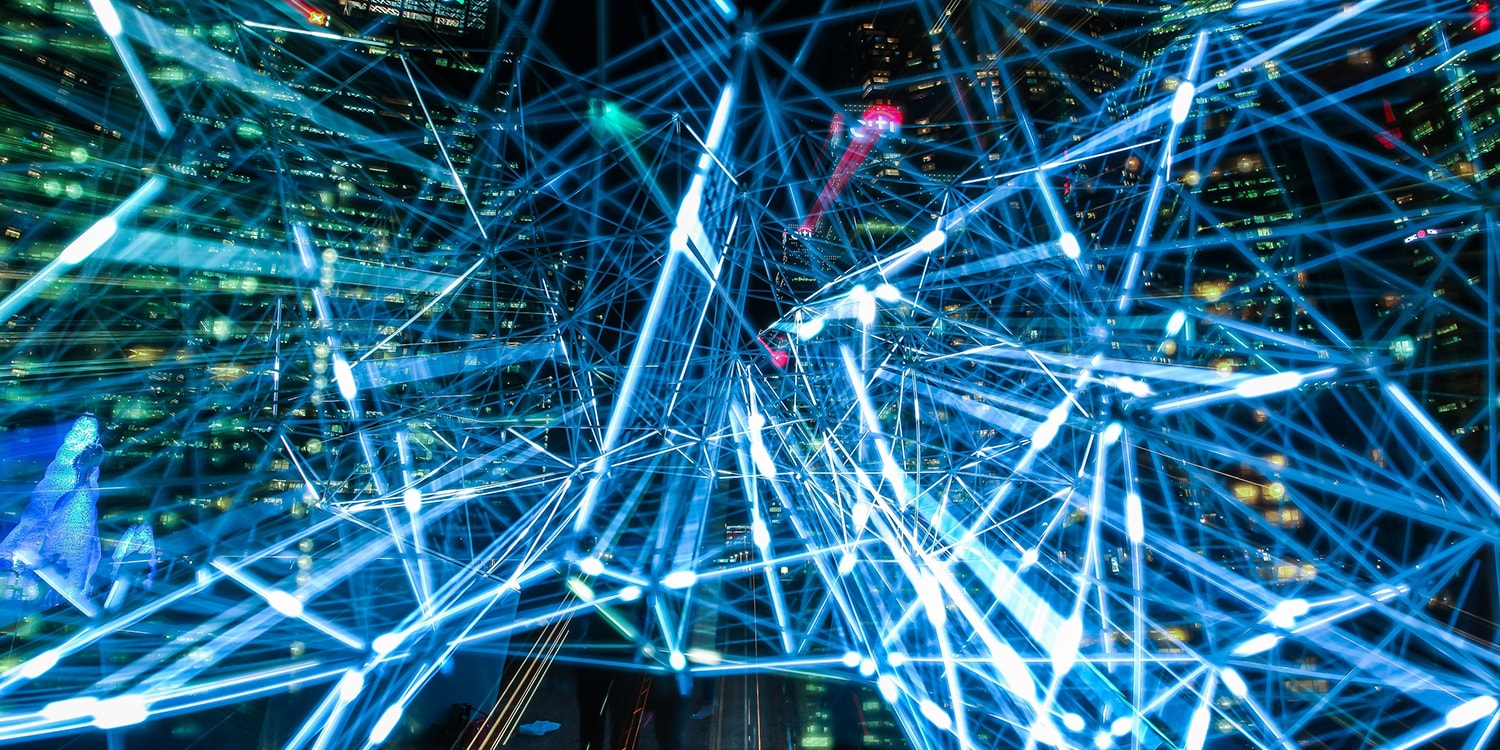With chatbots like ChatGPT, it is now possible to converse with a machine that is almost indistinguishable from a human. These chatbots are collectively called conversational artificial intelligence. This rapidly-evolving field of artificial intelligence involves creating machines that can understand and respond to human language, enabling them to engage in natural and intuitive conversations with people.
The hype surrounding ChatGPT lies in the versatility of this chatbot. As more and more users interact with ChatGPT, people are beginning to discover other potential uses of this tool other than answering queries. In a survey by Gartner, it was found that “the buzz around ChatGPT has prompted 45% of businesses to increase AI spending”.
In this article, we will explore inventions that show that this type of AI also has its use in gaming technology, domain name registration and supervisory control and data acquisition (SCADA).
Microsoft | Grounded multimodal agent interactions
From solitaire to Xbox, Microsoft has made a name for itself in the gaming industry and continues to provide gamers with platforms that enable users to engage in interactions comparable to human interaction. This Microsoft patent application can be used for gaming platforms to enhance the user experience of gamers.
The filing describes a gaming machine that can capture a multimodal user input which can be a combination of gestures and conversational language. This user input is then forwarded to a machine learning model to generate commands for controlling items or characters within a video game.
The Konami code (more famously known as “Up, up, down, down, left, right, left, right, B, A”) is an example of a button combination for game controllers that hardcore gamers often memorize to access special controls for a game. In smartphone games, it can be a combination of tapping or swiping on the screen. If granted, this patent application can revolutionize the gaming industry by simplifying control using speech or gestures as facilitated by a microphone or a camera.
US 2023/012202 was filed on November 2, 2021 by Microsoft Technology Licensing (MTL) LLC.
Verisign | Domain name suggestion and registration via chatbot
The invention described in this patent aims to automate generation of domain names as well as its registration through a chatbot.
To register a domain name, it is customary for users to engage in a hands-on approach where they create potential domain names then check to ascertain whether such names are already taken. This process can be iterative should the initial name be determined as previously claimed by another party. Only upon discovering an available name can users proceed with registering their domains.
The Verisign patent streamlines this process by utilizing a chatbot. This automated approach involves an initial interaction between the user and chatbot where sufficient information is provided for generating a suitable domain name. The chatbot utilizes machine learning (ML) algorithms to extract relevant keywords from these conversations, ultimately presenting a list of available options that are screened against already registered names. Upon selecting one such option, this chatbot contacts the registration chatbot to facilitate successful domain registration on behalf of the user.
The US 11,621,939 patent was filed on January 25, 2021 and granted on April 4, 2023 to Verisign Inc. Verisign is a US based corporation that concentrates on domain name registration and internet security solutions.
TeamSolve | Industrial virtual assistant platform with robotic process automation for knowledge and insights management
A typical industrial setting involves several equipment to be controlled through a control center. For monitoring purposes, sensors are distributed within the industrial facility which forwards the data collected through a Supervisory Control and Data Acquisition (SCADA) system. The SCADA system is a network of programmable logic controllers (PLCs) and remote microcomputers that are constantly communicating with the equipment and sensors of the industrial facility. A SCADA system allows efficient diagnostic and control of equipment for large industries such as oil and gas, water and wastewater management, transportation, and telecommunications.
While a SCADA system automates control of equipment in large industrial facilities, this system still requires human expertise such as engineers, operators, technicians and data analysts. One hindrance to an efficient industrial operation recognized by the inventors is the decrease in the availability of personnel who possess adequate knowledge and skills to carry out operational tasks. Added to this difficulty are old equipment based on legacy technology which are not user-friendly. It is for this reason that the inventors propose a solution in the form of an Industrial Virtual Assistant (IVA) which can converse in natural language and leverage on the experience of personnel for automating control of equipment.
Data for automation is modeled as a knowledge graph with the data coming from sensors and personnel such as inputs typed in an interface or documentations prepared for the equipment. When a personnel types in a query in the form of natural language, the invention processes the query along with the knowledge graph using machine learning to provide the appropriate response to the query. In some situations, queries are in the form of automated queries from an entity within the industrial facility to which the IVA responds by sending a control recommendation sent to the SCADA system.
The US 11,620,341 patent was filed on September 27, 2022 and granted on April 4, 2023 to TeamSolve Pte. Ltd. Founded in 2022, TeamSolve specializes in software and technology solutions for businesses which include the utility and industrial sectors.
Read more about artificial intelligence patents in our report.






